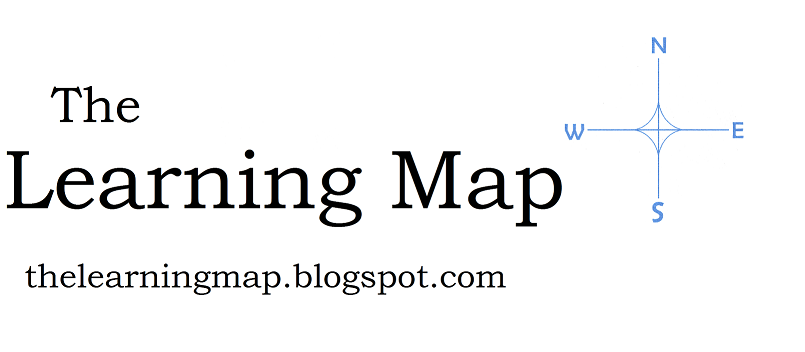Choosing the Story:
Some students retold classics like the Three Little Pigs. Some students added unique endings to classics. Other students created completely original stories with creative characters.
Here are the materials:
-child's glove
-Velcro strips cut into pieces to fit on glove fingertips
-paper characters/pictures from the story
(some clip art, some original artwork, stickers on card stock also work)
Construction:
- First, each student told a peer or teacher their story.
- Next, they drew pictures of the story line in a a graphic organizer.
- Then each person chose, cut and decorated paper clip art characters for their retelling of the story.
- I laminated the clip art characters or put them on card stock for durability.
- Then the students attached the Velcro to the back of each clip art and glove fingertips.
The best part was the presentation of the stories!
This activity enabled student independence and creativity. Each child's story was expressed through art, voice, and body. Most of the students retold their stories repeatedly at home, to family and with other students.









